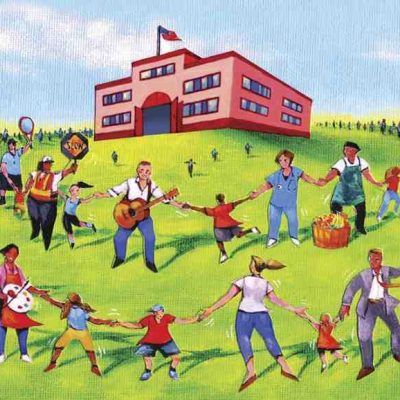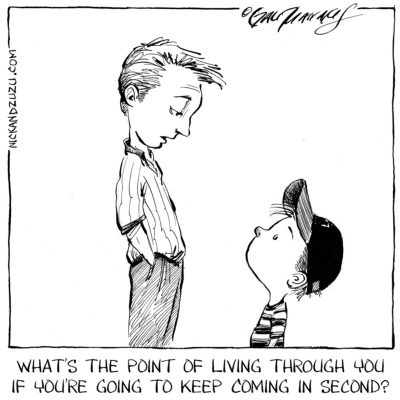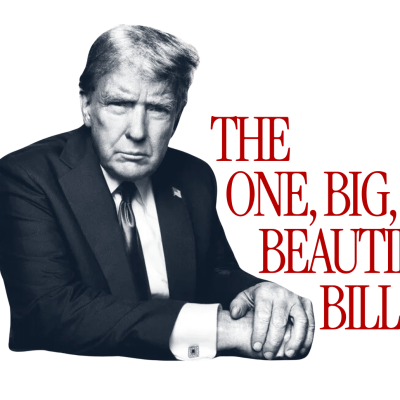The imbalances in athletic scouting
Ice hockey has always been my sport. My grandfather played it, my dad played it, and I’ve played it since the age of four. I’ve always played it competitively, and my dream is to continue playing ice hockey at a collegiate level. I have a school friend who plays lacrosse and is already getting attention from a college in Maine. We were talking about how he got started, and he said he had made a recruitment profile on a website called NCSA (National College Scouting Association). Naturally, I made an account for myself. Within 24 hours of me making an account, my mother got a call from a “recruitment coordinator” at NCSA, setting up an entry-level meeting and informational session for college athletic recruitment. I was confused at first, thinking that a mistake was made, that this guy thought I was some other prospect. But no, we had the meeting over the phone, with me, my dad, my mom, and Coach Rogers, the “recruitment coordinator.” He started the phone call with a bunch of compliments and things like “you seem very driven and determined” except he only knew my name and phone number. He went on to give us all this information about colleges, hockey, and other things. About 25 minutes into the call, he finally got to pricing. Just to be clear, if we were to pay for this “service” we would have our own “recruitment agent” who would help us get more exposure to scouts and recruiters. He told us about these different options, and I almost laughed when he said the “MVP” version of the service would cost a whopping $4,000. Four thousand dollars. And the thing is, NCSA produced 12,000 college athletes in 2019. That means that 12,000 families were willing to pay $4,000 for their kid to play a sport in college. But what if there’s someone out there, an absolute powerhouse at a sport, totally driven and self-taught, who can’t afford to pay for scouts?
Financial divides aren’t the only issue in the world of athletic recruiting. There’s a whole different category of problems, and they all revolve around bias. Here’s a quick example: At the 2016 NFL Draft Combine, an opportunity for prospects to show teams their skills, all high-ranking prospects are interviewed by college coaches, scouts, or representatives. Black players were asked questions about their family’s imprisonment history, and personal criminal history and their girlfriends and wives were asked whether or not they were abused. On the other hand, white players were asked very generic and basic questions only about their play, and the furthest a scout would go on a personal level with a white prospect would be to ask “how’s your father doing?” This is a perfect example of racial bias and shows what black players in the NFL have to go through in the recruitment process.
These questions don’t just stem from a scout’s biases, but also from the school itself. Scouts from major Division 1 colleges are assigned to hundreds of prospects, and they are involved in the acceptance process. It all comes down to the college’s choice of who they will give a scholarship to, and that affects the scout’s performance, making them think that they will do better by finding similar players, whether that be through race, background, and history compared to play style, drive, and work ethic. In 2017, 61% of all NCAA athletes were white. Of all the Ivy League Athletes from Brown, Columbia, Cornell, Dartmouth, Harvard, UPenn, Princeton, and Yale, 65% were white. This is a reflection of the choices that colleges make and who they select to play for their sports teams. On a more detailed level, Harvard gives its applicants a score between 0 and 6 based on their qualifications. The higher the score, the more qualified. Of student-athletes with a score of 4 or above, Harvard accepted 70% of them. Meanwhile, non-athletes with the same and even better scores have an acceptance rate of 0.076%. Imagine 10,000 insanely smart students, and only 76 being accepted. Then imagine 10,000 student-athletes, and 7,000 being accepted. Does that seem fair?
So let’s create two imaginary athletes. Our first is named Tanner Wright: he’s white, 18, and plays Defensive Back in football. Our second athlete is Isaiah Jones, who is 18, Black, and plays Quarterback, also in football. They both have a dream to play Division 1 in college and then play in the NFL. But they both share an issue. They’re playing the “wrong” positions. In football, positions are very set. If you’re heavy, you play on the offensive line. If you’re fast, you play wide receiver. If you’re strong, you play running back. And if you’re white, you’re probably a quarterback, and you definitely don’t play safety or defensive back. So if Isaiah and Tanner were to switch positions and retain their skills, they would become extremely valuable assets for college football teams.
Football isn’t the only sport that has positional barriers, but it’s the most obvious. For example, a 6”8’ basketball player probably has a better chance of succeeding than a 5”10’ basketball player, but this is a different situation because height doesn’t have to do with your race or ethnicity. It’s a genetic thing.
Circling back to the NCSA, there are certain things that make it clear that I, the athlete, am not the greatest priority. At the end of our call, after my parents and I had told “Coach” Rogers that we wouldn’t be paying $4,000 for an agent, he said blatantly, “You aren’t going to get recruited without us.” Thirty seconds later, he ended the call. Now I’ll tell you that I am a very emotionally driven person. If someone tells me I can’t do something, I’m going to try as hard as I can to do it. And I believe that if anyone has a dream to play a professional sport, but you don’t think you have the resources, you don’t think you have experience, I guarantee that if you work hard enough and think about that dream every day, you will grow closer and closer to that dream becoming reality.









